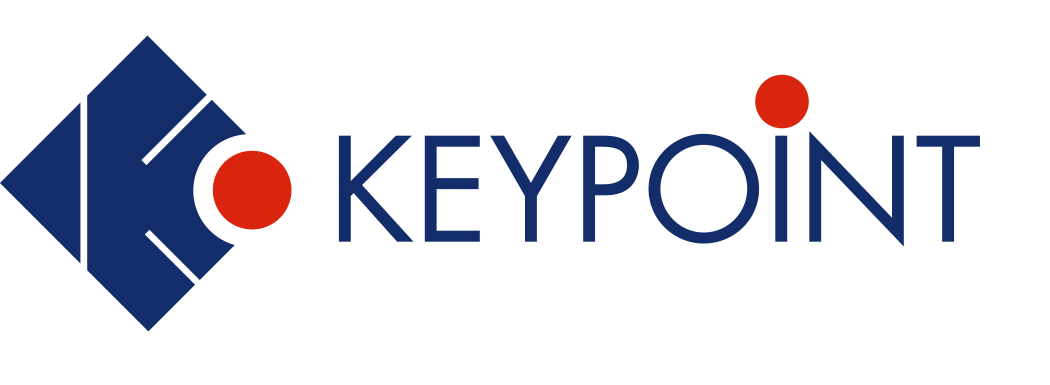The visibility of a laser beam is affected by the surrounding lighting, the laser’s wavelength, and the colour, humidity and reflectivity of the material. In this blog post, you can read more about how these variables affect the visibility of a laser beam.
The effect of lighting and wavelength on the visibility of a laser beam
A laser beam can be seen in both darkness and bright light. For example, a laser has been used to create a projected user interface for our customer Merivaara’s Q-Flow surgical light, which emits 160 times more light than a standard lamp.
Lasers are also suitable for outdoor use, such as marking loading docks. A laser beam will not, however, be visible in bright sunlight. Some kind of shade is required to see it.

The reflection of a laser beam is affected by particulates in the air, localised temperature variations in gas molecules, and humidity. For example, fog affects the direction of light waves and acts as a scattering medium, which will cause the laser to appear as a blurred pattern on a wall of fog.
In challenging conditions, the visibility of laser beams can be improved by choosing a wavelength of 520 nm (green). A green laser is up to six times more visible to the human eye than a red laser. However, due to the sensitivity of the detector, machine vision can often see red lasers best (a wavelength of 660 nm).
The visibility of a laser beam can also be improved by raising the laser’s optical power (mW). However, increasing the power can only be done in accordance with laser safety regulations.
The effect of surface colour on the visibility of a laser beam
Everyone has experienced dark clothing heating up faster and more intensely in the sun than pale clothing. There is a physical reason for this: dark colours absorb light, while pale colours reflect light. This same phenomenon causes a laser beam to be more visible against pale colours than dark colours.
A laser beam will appear sharp on a sheet of white paper, but will be far less visible on a piece of dark wood. This is because the dark colour absorbs the light into the porous wood and scatters only a portion of it back, which causes the laser to be reflected on the surface with a blurred outline.
However, surface colour has less impact on solids, as the laser light cannot be absorbed that deeply anyway and will instead be reflected back. A strong reflection creates a sharp line.
The effect of material reflectivity on the visibility of a laser beam
A material’s reflectivity depends on its absorption capacity, that is, how well light particles (photons) can be absorbed into the material.
A lightweight fibrous material is an example of a highly absorbent material. These materials absorb light deeply, causing it to be scattered and reflected back weakly to the material’s surface. Against fibrous materials, a laser line or other projected image will spread over a wide area and appear blurred around the edges. The same phenomenon will occur if the material is damp.
Weakly absorbent materials have a solid structure. The laser light will be poorly absorbed by the material, yet still to a sufficient extent to enable the light to be reflected and to create a sharp laser line or other pattern on the surface.

If no light at all is absorbed from a laser, it will be reflected away when it hits the surface of the material. This is why 100% reflective materials, such as mirrors and polished steel, are the most challenging with respect to laser visibility.
A laser beam will be sharp:
Black anodised aluminium surface
White paper
Pale wood
A laser beam will be visible, but not sharp:
Asphalt
Snow
Dark wood
A laser beam will be weak:
Peat
Glass wool
Rock wool
A laser beam will be invisible:
Mirror
Polished steel surface
Bright aluminium surface
Send a material sample to the laser manufacturer
If you are unsure how well a laser beam will stand out against the material you are using, you can send the material to us for testing. You can also send us photos of the area, equipment or device in which you are planning to use the laser. We will provide guidance on choosing the right laser and, if necessary, send you a test laser to try out.
Contact us and ask about lasers!
Jorma Orkosalo
Product Development Director +358 14 241 488 jorma.orkosalo@keypoint.fi
